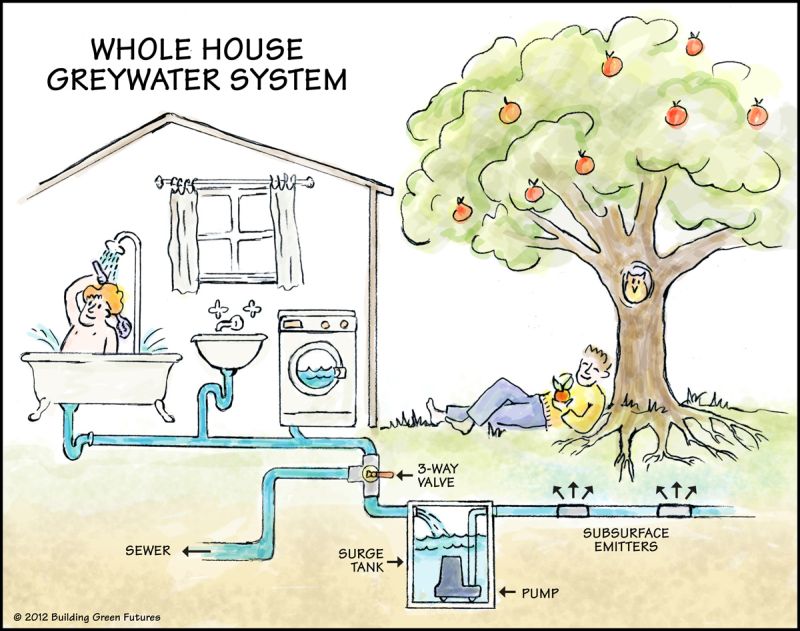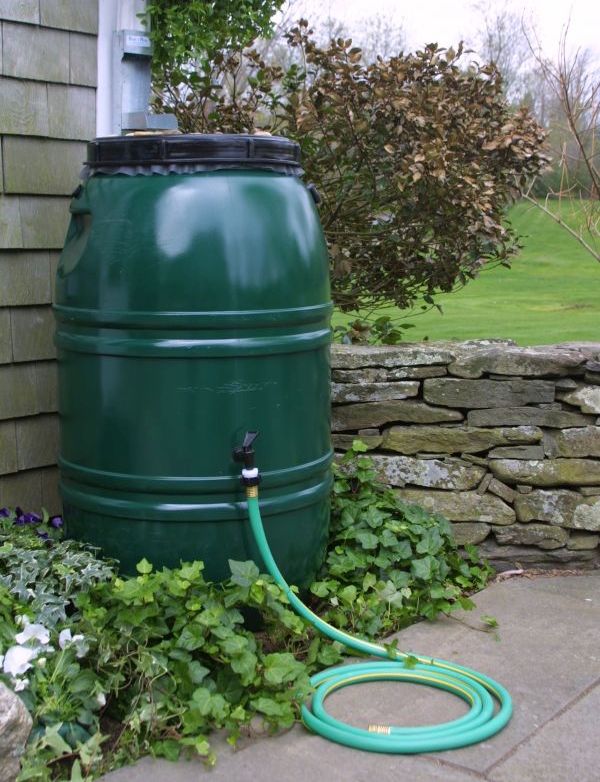It’s important to think about how we can conserve water in our life, especially in California. We spent all summer talking about how to conserve water in the garden by making sure your soil is healthy, amending with compost, and making sure not to over water producing crops.
Now it’s November, it’s rained a few times already, and we’re all preparing for an imminent El Nino winter. I’m scurrying around Petaluma Bounty with our volunteers, trying to enact a multi-pronged plan to keep erosion and flooding at bay. Over at B-Side, my flower farm, I’m surveying the land and trying to imagine how and where all this water will flow. As it’s my first wet winter on this piece of land, I’ve got a lot of questions that only time and experience will answer.
I really appreciated the approach Guido of True Grass Farms takes to learning the natural contours and patterns of his land. As I try to apply this intention to my little ½ acre farm, I encourage all of you to think about your gardens at home – whether it’s ten acres, a small yard, raised beds, window boxes, or a flower pot on the stoop or windowsill. Where will the rain water flow, how can you catch and/or divert it, and how can you take water conservation even a step further and re-purpose tap water to grow crops? Today, we’re outlining some simple ideas to get you started on conserving and reusing water for you gardens.
Learn About Greywater Systems
Greywater is, of course, just water that has already been used once that you save to use again for something else. Pretty simple. And there are countless options out there for designing a full system that works for your house, garden, and budget. Greywater Action is a great resource for those of us trying to figure out an appropriate system for the home and garden. They detail solutions for creating pipes that lead directly to the garden, diverting water from sinks and roof catchment systems.

Bring A Bucket into the Shower with You
What could be easier? Whether it’s 5 or 45 seconds, keeping a big bucket in your shower to capture the initial stream of cold water while your pipes warm up is a great idea. If you use natural bath products, you can also try to keep the bucket close to your feet as you shower – collecting any run-off. All you’ve got to do is haul the bucket out to the garden with you after you’re freshly showered. Boom – the easiest greywater system known to man that requires zero construction know-how.
Study Your Home and Garden to Find the Best Tailored Solution
I really love all the work that Brad Lancaster has put into teaching people how to work with what they’ve got in order to reuse and conserve water. He’s the go-to guy for rainwater harvesting and water-friendly landscape and garden design. In this great handout, he outlines the 8 basic principles for harvesting rain water. To summarize, he suggests that you begin by really observing the flow of water from your roofs and landscapes. Then, after locating the high points of your area, start with small capture systems that will encourage the flow of water to spread and infiltrate through the landscape. And finally, work on building the capacity of the ground to absorb the water.
This last point will sound familiar to our regular blog readers. The same principles that apply to building healthy soil will be your go-to guide for thinking about how to capture rainwater in your landscaped areas. Soil that is rich in organic matter, loosened deeply to encourage air space, and cultivated at the right moisture level (not too wet, not to dry) will act like a sponge and absorb incredible amounts of water. Conversely, soil that is compacted and lacking in organic matter will simply act as a water slide. As always, building your soil is key. For a plethora of great information on conserving water and capturing rain water, definitely check out Brad’s website, harvestingrainwater.com
Follow Your Gutters
What happens to the water that runs off your roof? I love this post from Garden Gate magazine that teaches you how to easily collect water from your gutters into drums. The basic idea is that you need to know how much water runs off your roof, how much your gutters can handle, and where to place big barrels so that you can easily access water from them later to use in a dry spell. They point out a great idea about placing your barrels on cinder blocks on top of gravel, so that you can easily fit a watering can under a spigot attached to the barrel, and any excess overflow seeps slowly through the gravel underneath. Genius!

Divert Laundry Water
For those of us who don’t feel skilled enough to really install new plumbing systems in our homes, working with the washer machine is a good place to start. Grab some popcorn and check out this video from Oasis Designs, which will show you just how to do it.
Now that we’re all armed with some new information about how to reuse and conserve our water resources, let’s get out there and get ready for the next rain! Next time on the blog we’ll be talking about late fall garden work – what to do in November to get ready for the real winter.
Do you have any water capturing and saving tips for home gardeners out there? Share your insights with our blog readers in the comment section below!







 Family
Family

